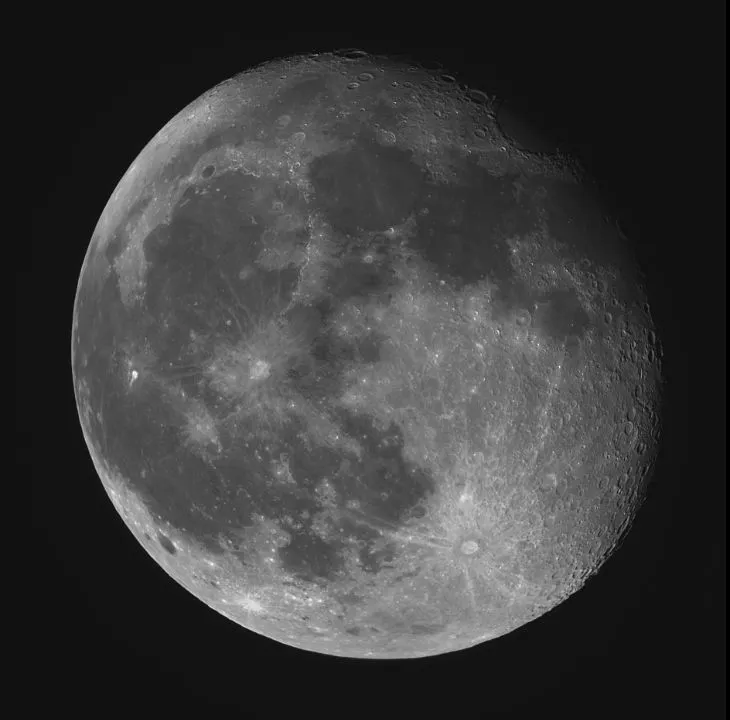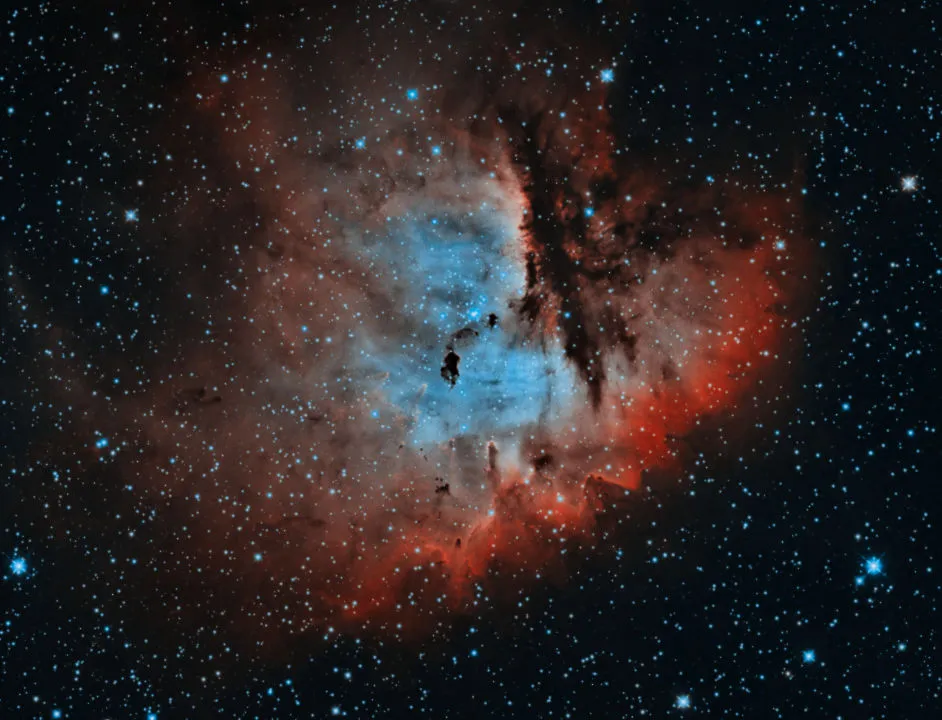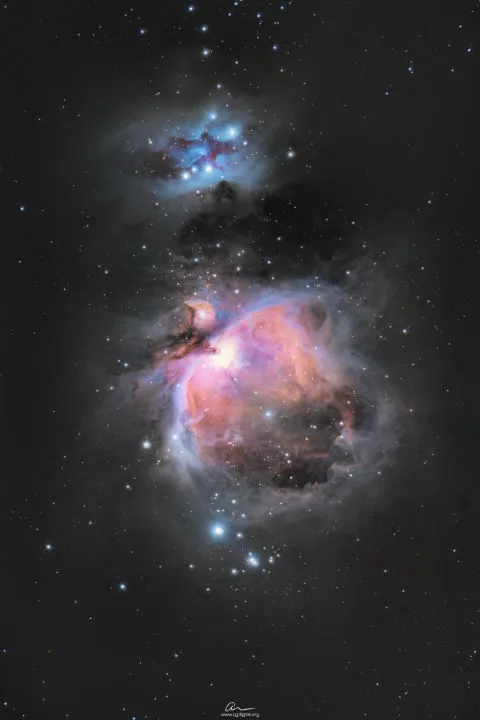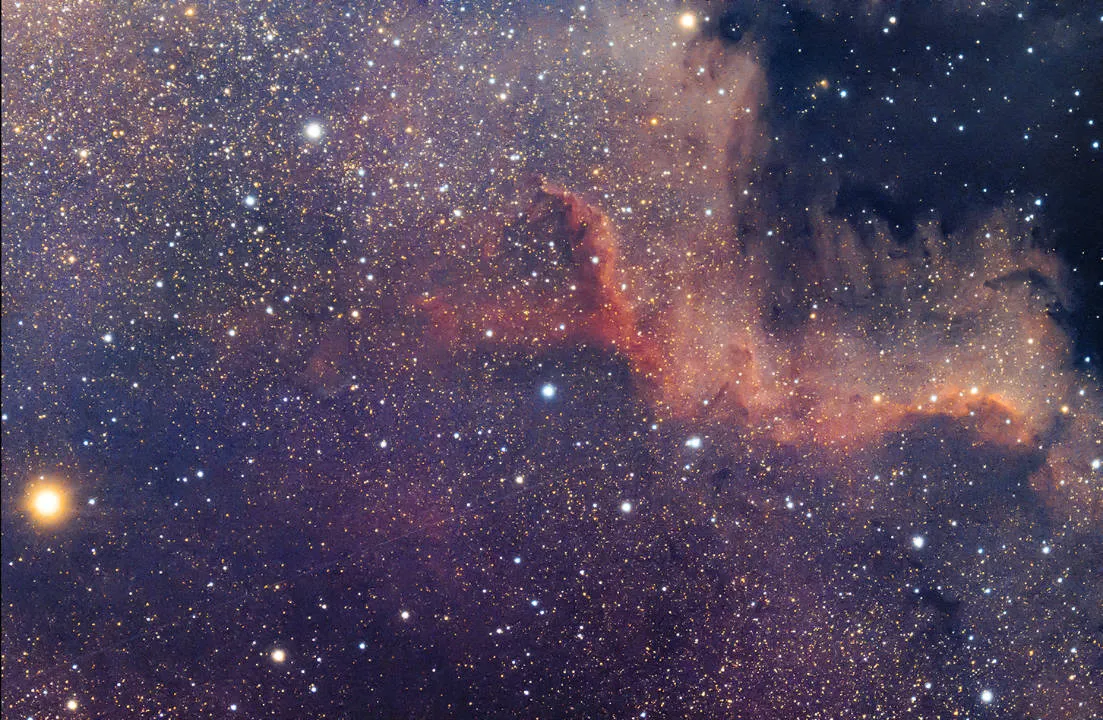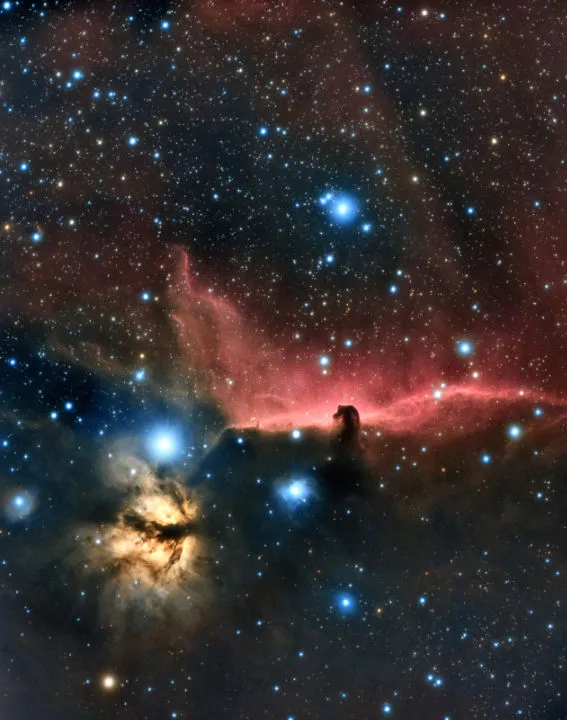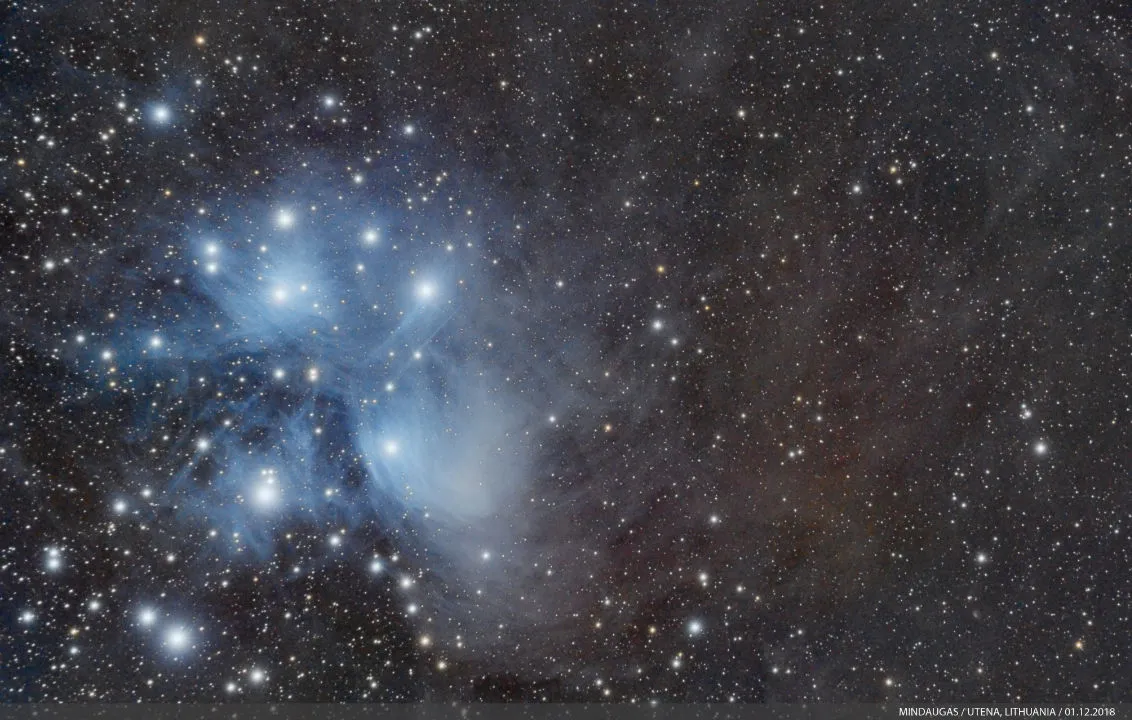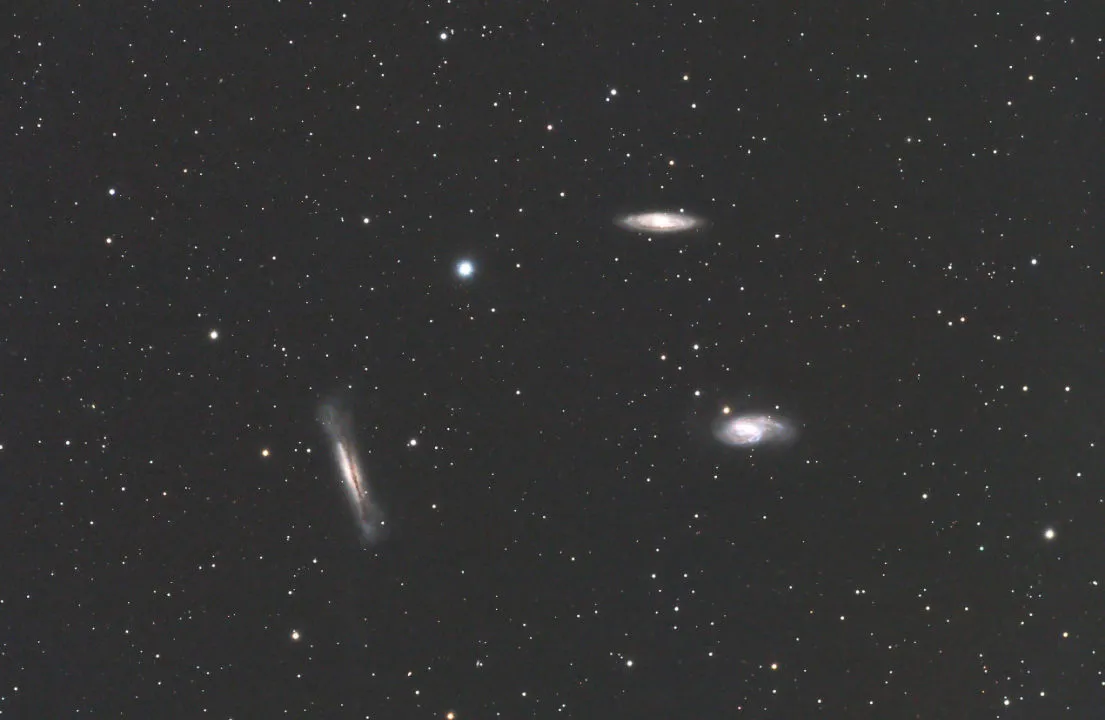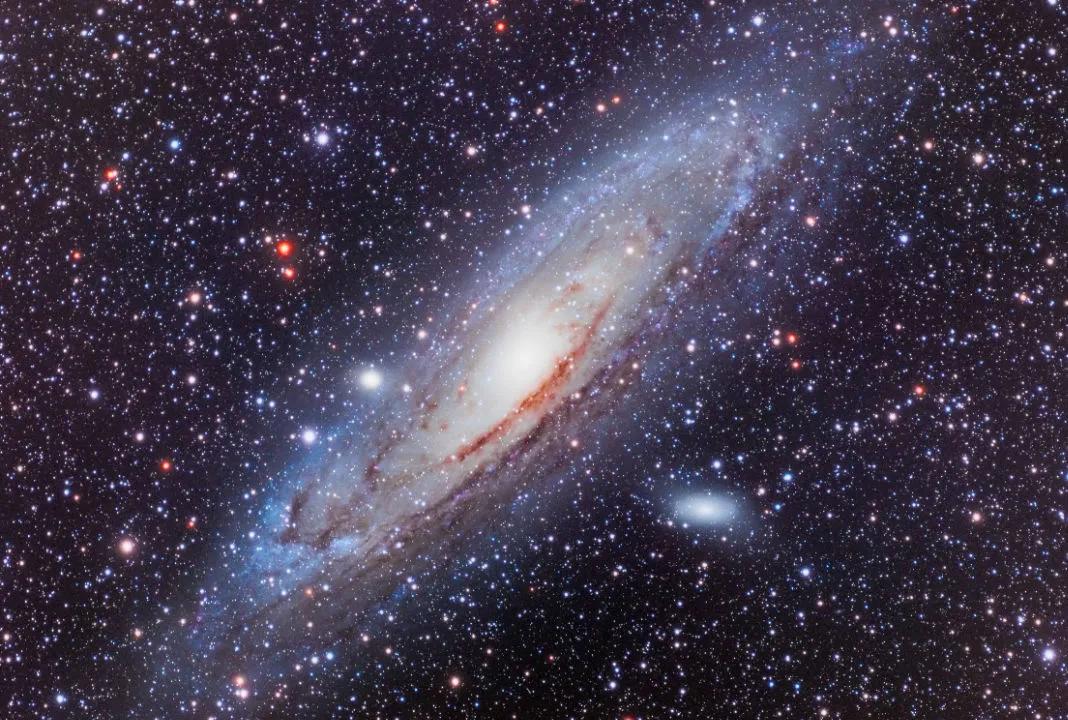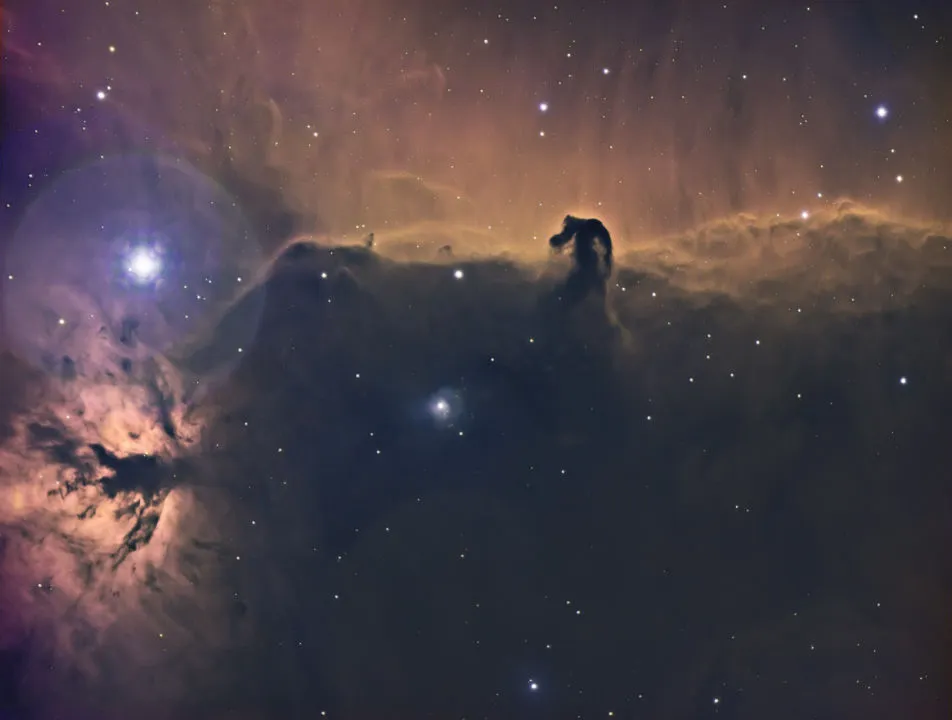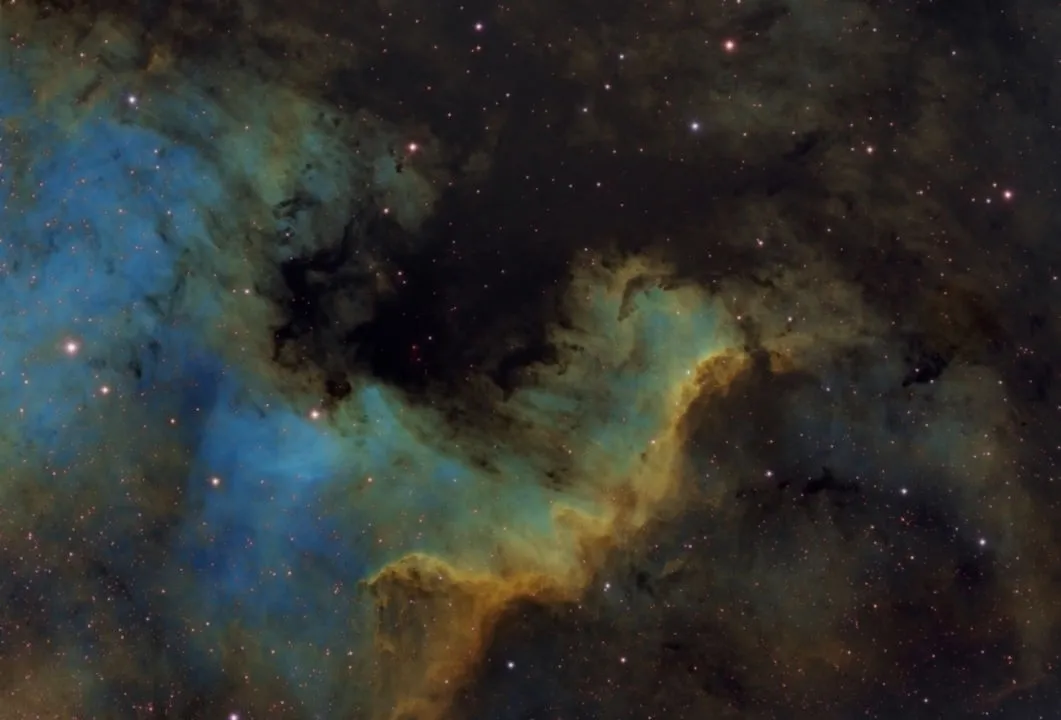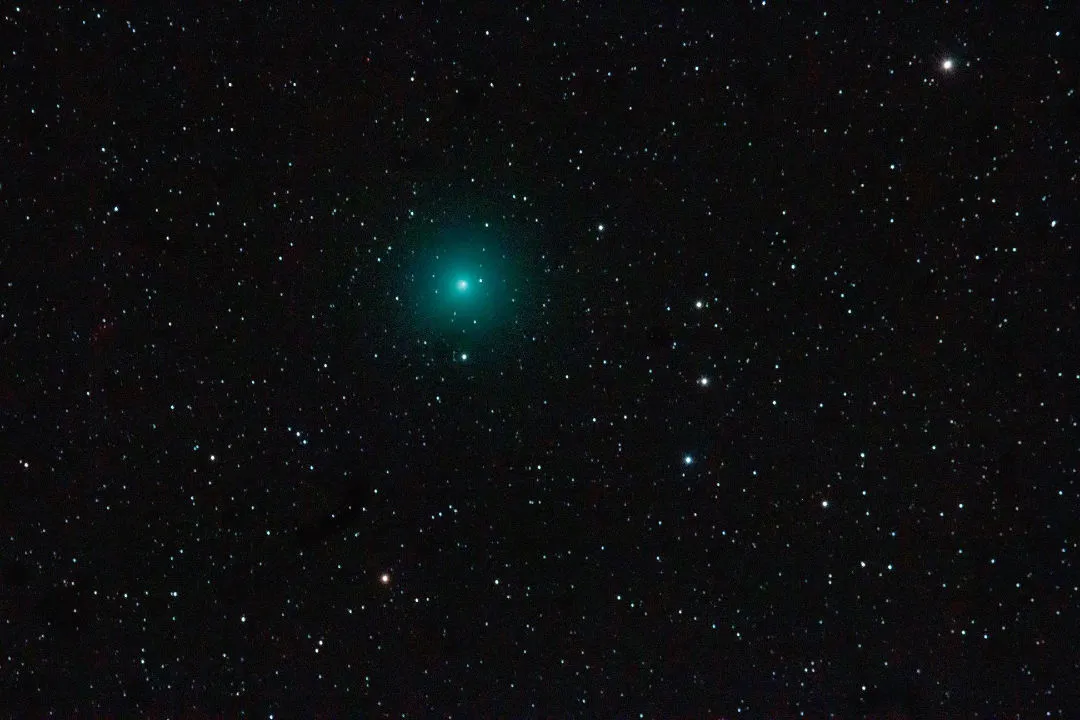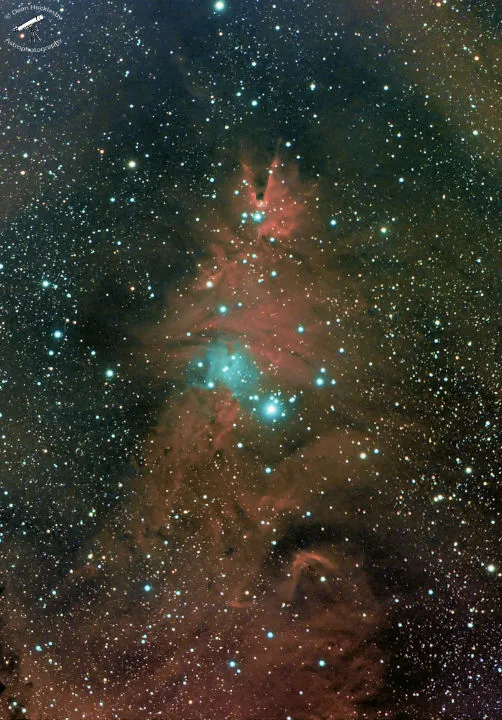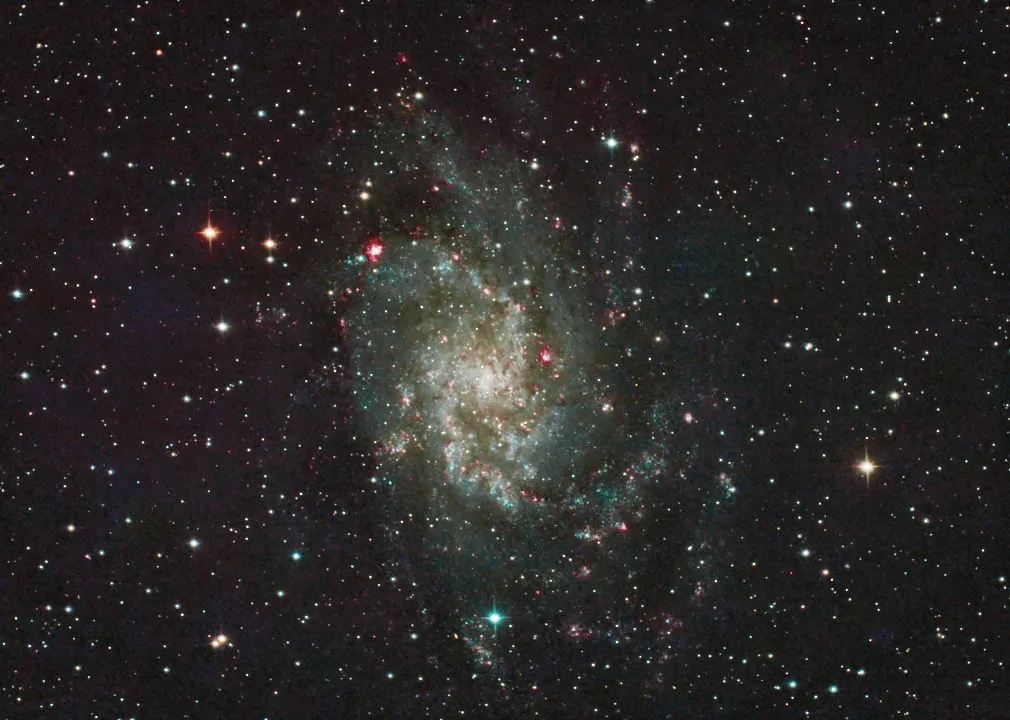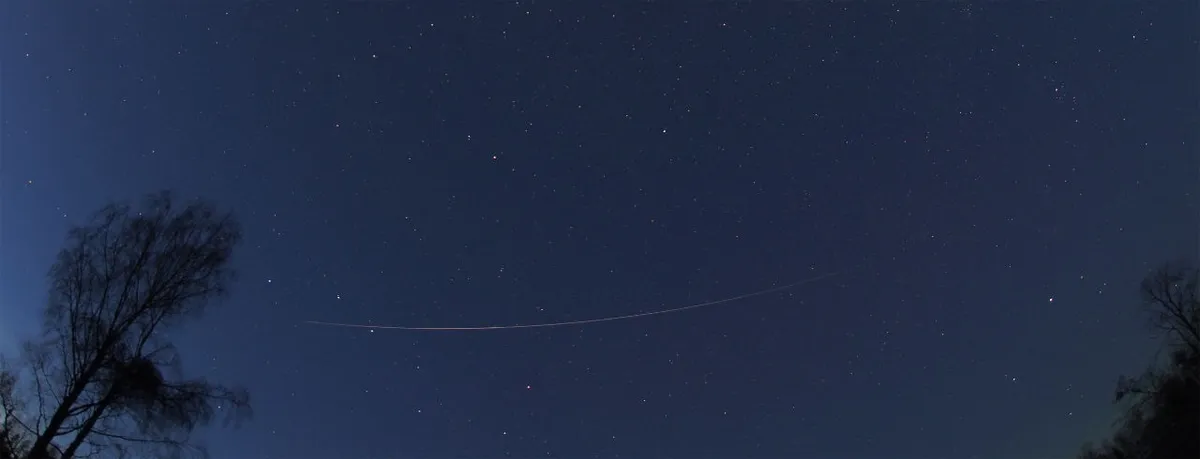The Sky at Night, January 2019
Catch the special episode when the team visits NASA to witness the moment the New Horizons spacecraft flies by Ultima Thule on the edge of the Solar System. Pete Lawrence reveals how to observe another Kuiper Belt object: the dwarf planet Eris.
Virtual Planetarium, March 2019
Interview: completing the dark-sky survey
Telescope scientist Tim Abbott gives us the latest from a mission to find out what’s accelerating the expansion of the Universe.
Binocular and deep-sky tours
Download this month's binocular and deep-sky tour charts. The charts are printed in black on white so they can be viewed under red light at your telescope.
Hotshots gallery
Gallery
20 images
###gallery-start###
###gallery-end###
Equipment review guide
See the results of every test we've ever carried out in our equipment review guide.
Observing forms
Wallpaper
This month’s wallpaper shows the total lunar eclipse of 21 January 2019.
Copyright: Pete Lawrence
Download inratios 4:3, 5:4, 16:9 and 16:10 for your computer desktop.
Eye on the sky
A selection of the astroimages that caught our attention this month.
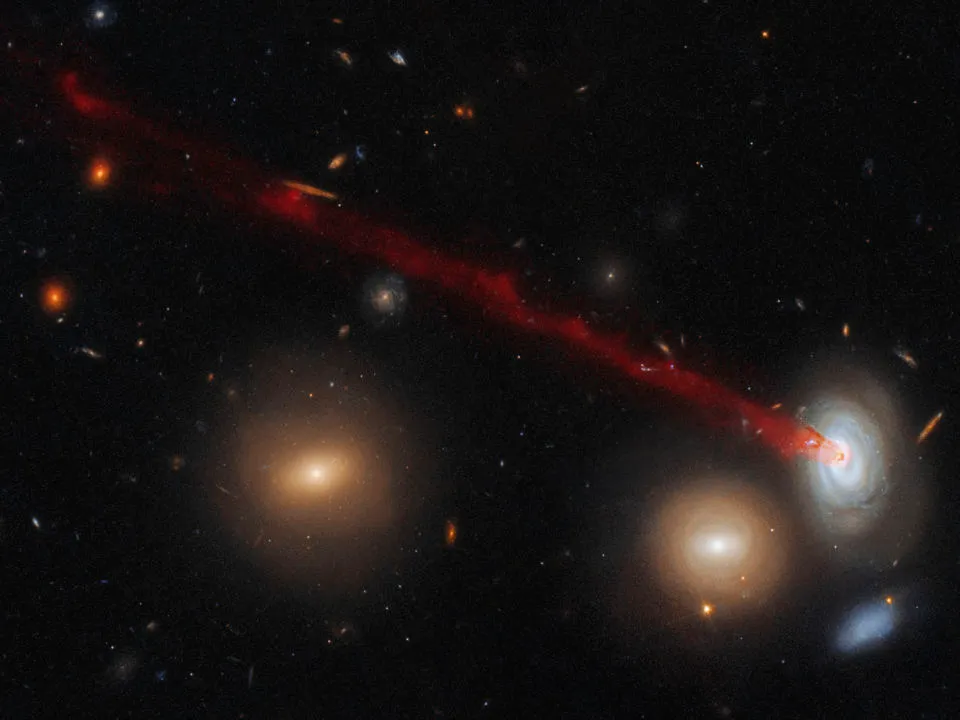
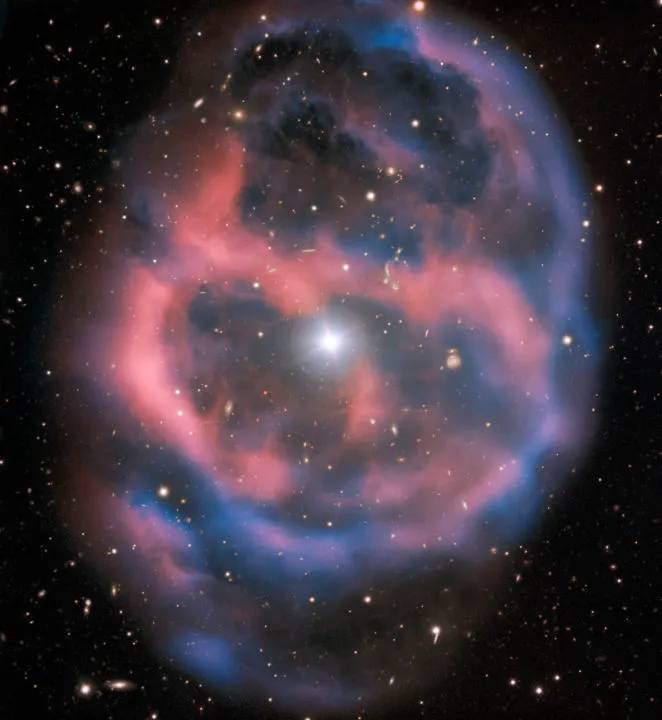
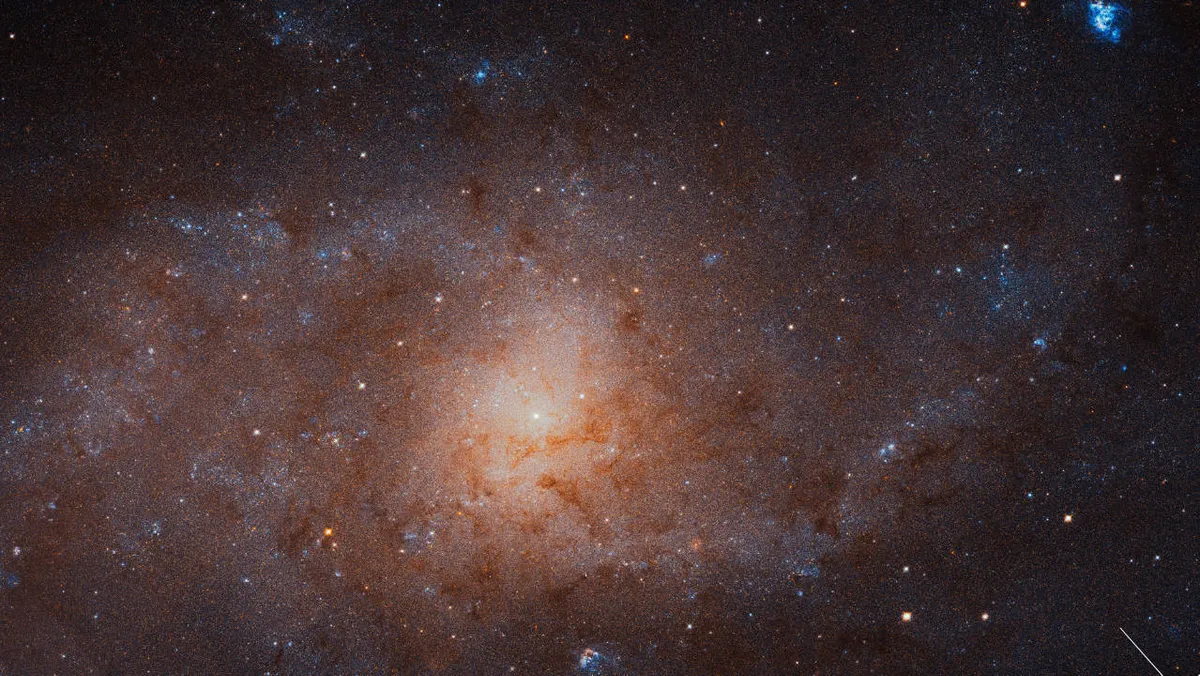

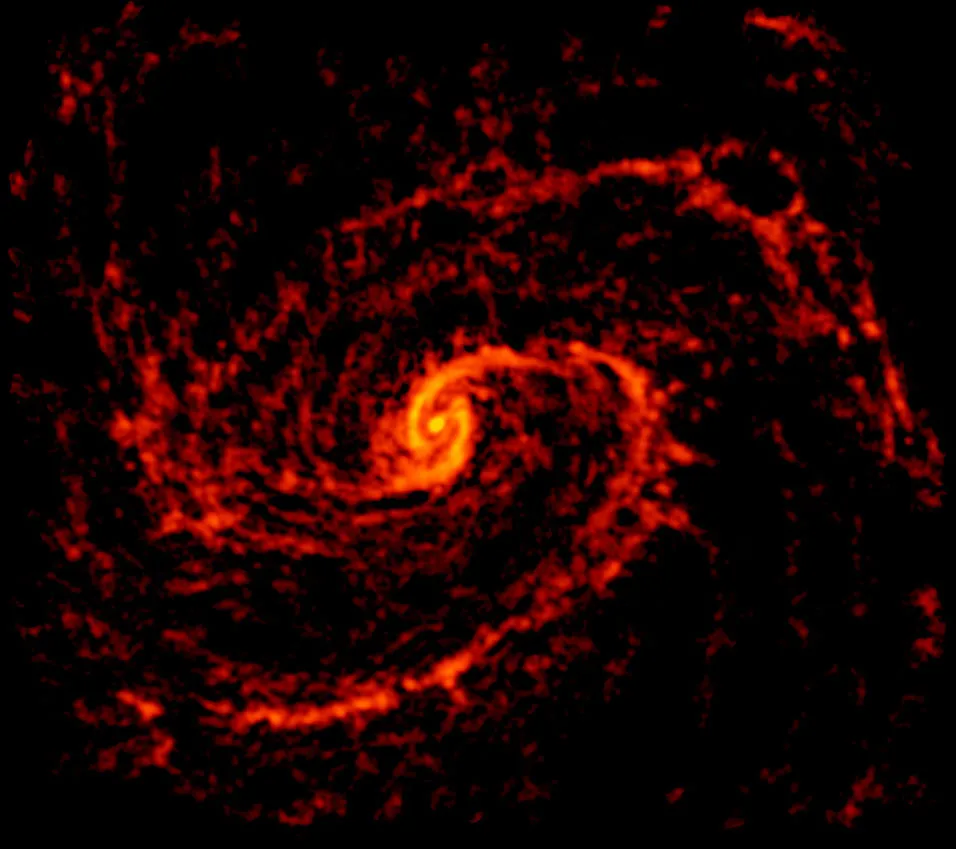

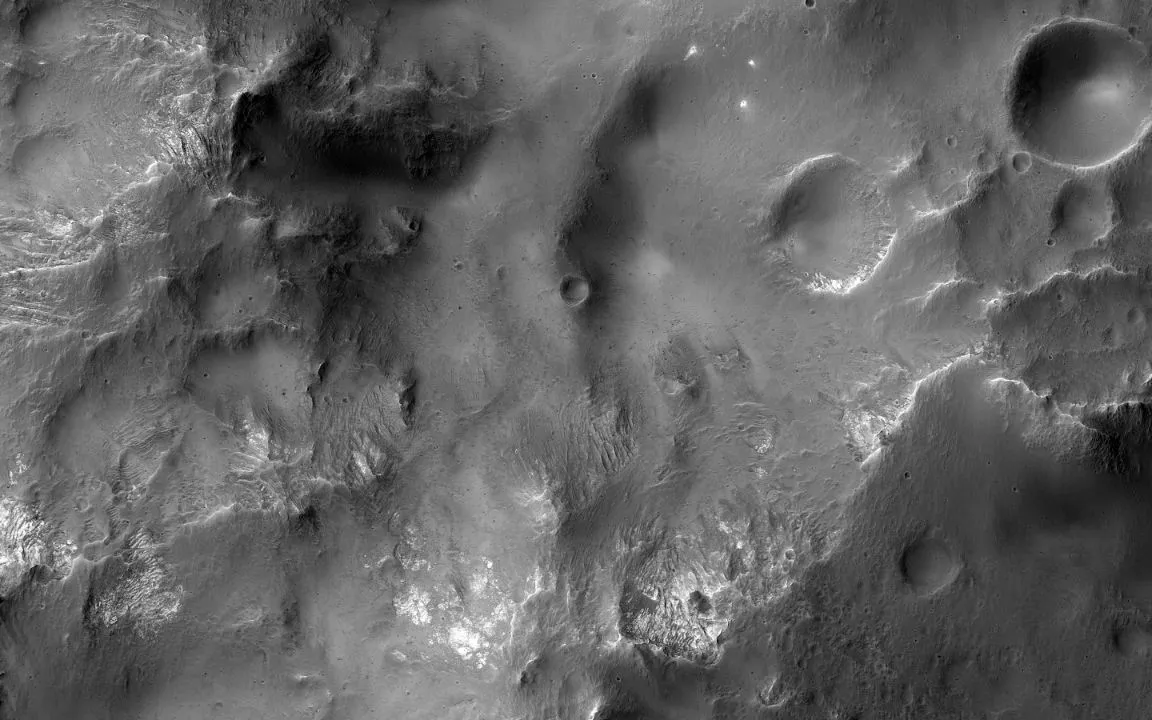
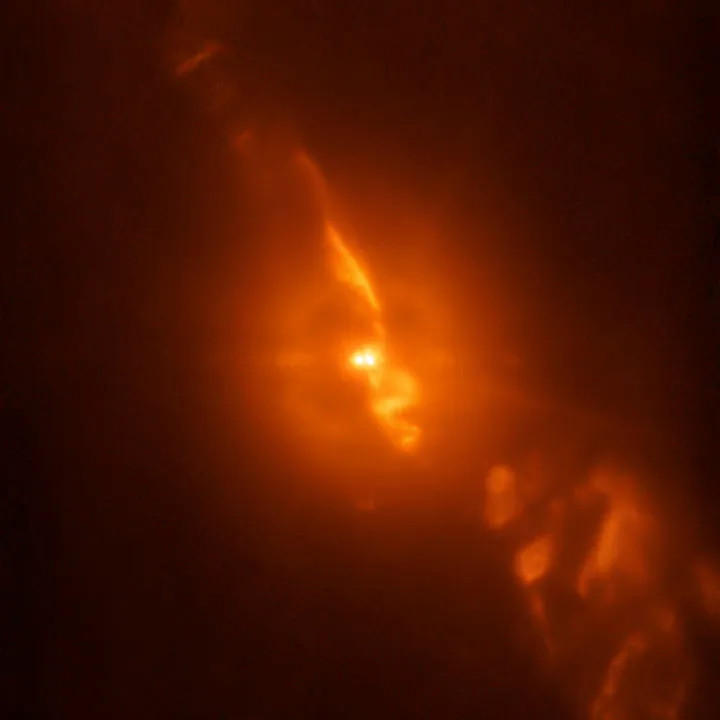
Software
Argo Navis Deep-Sky Tour
This month's deep-sky tour plan file can be imported into the Argo Navis Digital Telescope Computer using Argonaut software, a free utility available fromWildcard Innovations.
Using Argo Navis with this month's deep-sky tour plan file, you can:
• display essential information from the Argo Navis database for each object
• slew your telescope to each object in the plan - requires a compatible mount.
• push your telescope to each object in the plan using the coordinates provided on the Argo Navis display.
To import this month's deep-sky tour plan file into Argo Navis using Argonaut software:
Download and save the file to your hard drive.
Run the Argonaut utility program and transfer the plan into your Argo Navis DTC.
This month's Deep-Sky Tour plan file is produced by Deep-Sky Planner 7 (seeknightware.biz/dsp).
Copyright Wildcard Innovations Pty Ltd.
Deep-Sky Planner
License type: Full software
Platform: Windows
Versions: 7, 8 , 10
Deep-Sky Planner 7 astronomy software for Windows provides the tools you need to make your time at the telescope more efficient and enjoyable.
• sort the objects in the plan according to the best time and order to view each object.
• slew your ASCOM-compatible Go-To mount to each object in the plan - requires ASCOM software (free).
• show a sky chart centered on each object in the plan using one of the top planetarium software titles - requires TheSky, Starry Night, Redshift or Cartes du Ciel (free).
• record your observation in the open, non-proprietary observing log.
Details about Deep-Sky Planner and how to purchase can be foundhere.
Download the Deep-Sky Planner compatible file of this month's deep-sky tour observing plan file so that you can visit each object directly with Deep-Sky Planner. Save the file to your hard drive and double click it to open it in Deep-Sky Planner.
EQTOUR
If you are one of the many astronomers who use the ASCOM driver EQMOD to control your ASCOM-compatible Go-To mount, you can use an add-on application called EQTOUR to call up various sets of sky tours like Messier, Caldwell, Globular Clusters and simply click on an object name to slew to it.
Details about the application and how to download it free of charge can be foundhere.
Download the EQTOUR compatible file of our monthly Deep-sky tour, so that you can visit each object directly from your EQMod control panel. We've also included a PDF document that explains the system and how to get it installed with your telescope setup.
Copy the .lst file from the folder that appears into the same directory as the EQTOUR application file, EQTOUR.exe, and follow the instructions in the link above.
SkySafari
License type: Full software
Platform: iOS, Android
Versions: 4 or later (Plus or Pro editions)
This month's deep-sky tour plan file can be imported into SkySafari software, available fromSimulation Curriculum.
Using this month's deep-sky tour plan file on SkySafari, you can:
• view each object in SkySafari's night sky simulation view
• display essential information from the SkySafari database for each object
• slew your telescope to each object in the plan - requires a compatible mount.
To import this month's deep-sky tour plan file into SkySafari, please see the SkySafari user manual for your device platform and version ofSkySafari.
This month's Deep-Sky Tour plan file is produced byDeep-Sky Planner 7.


